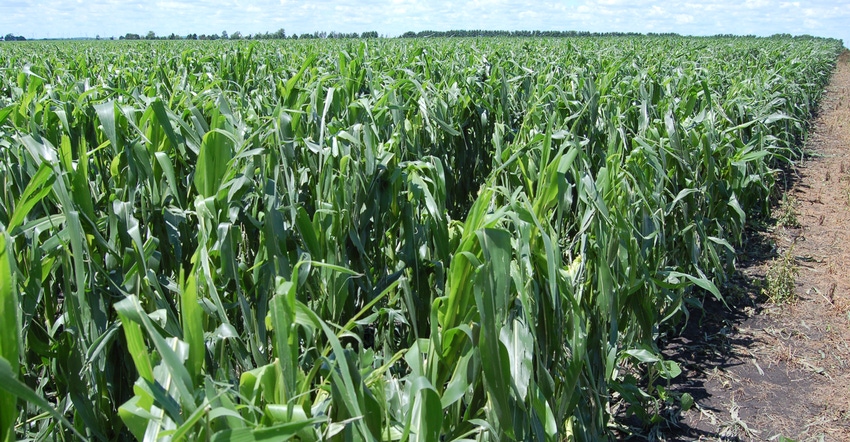
“Oh, my tomatoes were beautiful — now there is nothing left but stems!”
That was my late mom’s reaction after viewing her garden with a flashlight. A powerful evening hailstorm had just pelted the farm for 45 minutes.
Dad was caught in the storm elsewhere and wasn’t home yet. A neighbor walked over to join mom as she lamented over her garden.
“Virginia, if your garden looks like that, what do you think your cornfields look like?” he quipped.
“Oh, I didn’t think about that,” she sighed.
In the daylight, damage to a couple cornfields was severe enough to make a depressing picture in the local paper. Corn was already shooting ears, which makes it more vulnerable. Yet, when the combine left the field that fall, dad was amazed. The field still made over 130 bushels per acre. That was over 50 years ago!
Assessing hail damage
Golden Harvest agronomists David Schlake and Blake Mumm recently provided tips about assessing damage to corn after a hailstorm, plus added new information, in a report in the Golden Harvest Agronomy Research Review. Bruce Battles, technical agronomist for Syngenta, says their report is just one of dozens in the publication. Find it at goldenharvestseeds.com.
Growth stage when corn is damaged is important, Schlake and Mumm note. Hail damage can cut yield two ways — through stand loss and yield loss. When corn is at the V7 to V8 stage with the growing point above ground, leaf tissue should start to regrow within three to five days if the growing point is still alive. If that doesn’t happen or the growing point area turns brown, the plant is likely dead.
The Golden Harvest Agronomy in Action team simulated hail damage on V7 to V8 corn in a demonstration at York, Neb., on June 19. The goal was to help growers visualize how stunning the damage appears, plus see how well leaves grew back.
Strong will
The team simulated leaf loss that could be caused by various amounts of hail on four different rows. Using a string trimmer, they created leaf loss from 10% to 100%. No stand loss occurred because the growing point wasn’t injured. They monitored regrowth of leaves until plants tasseled and silked.
New leaves began emerging from the whorl within three days, they note. Within 20 days, more than 50% of the defoliation recovered, even in the most severe treatment. There was no “buggywhipping” or twisting of the whorl, even though that sometimes happens in the real world.
The team hand-harvested plots at 15% moisture in the fall. Yield on the 100% defoliation row was 163 bushels per acre, off 18% from the average of the other rows. All other rows yielded at least 200 bushels per acre. This was a demo, not a replicated test.
USDA data indicates that plants suffering 100% leaf loss at V7 to V10, but surviving, should only give up 9% to 16% of yield, lining up with the demo.
However, 100% leaf loss at the 16-leaf stage chops yield 61%, and 100% leaf loss at tasseling results in a total loss, according to USDA data. Yet 50% yield loss at V16 and tasseling only result in 18% and 31% yield loss, respectively, according to USDA.
About the Author(s)
You May Also Like




